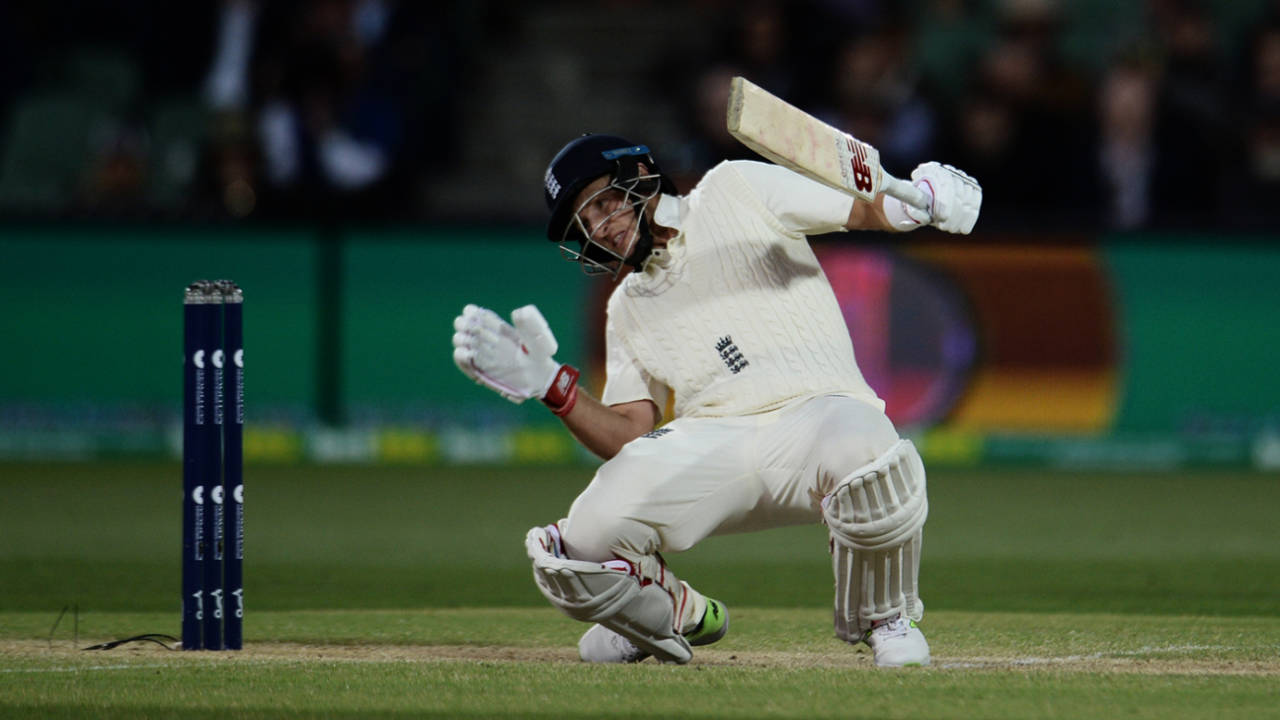Day-night Tests present teams with selection opportunities
The chance to bowl a session under lights could prompt teams to pack their line-ups with more firepower
Ian Chappell
10-Dec-2017
Teams with balanced bowling attacks, including a handy allrounder, are likely to do better in day-night Tests • Getty Images
Three games, culminating in a trio of enthralling contests at Adelaide Oval, confirm that day-night Tests have successfully passed the experimental stage.
Apart from the financial bonanza, with around 200,000 fans attending the latest match, the hybrid game is exactly the shot in the arm that Test cricket needs.
The fact that two entirely different sets of conditions prevail in one day's play opens the door to various tactical options. Anything that exercises the imagination of a captain is good for Test cricket, and is just the sort of impetus it requires to ensure its survival.
In addition, the nature of the pitches required for day-night Tests, with a little bit of extra grass coverage to preserve the ball, also provides encouragement for bowlers. The best Test cricket occurs when the contest between batsman and bowler is finely balanced.
As we witnessed at Adelaide Oval, enforcing the follow-on is an option when the bowlers can capitalise on a session under lights. Steven Smith adopted the prevailing wisdom and ignored the tactical advantages of enforcing the follow-on, but the presence of a good allrounder in his side might have changed that decision.
This raises the question of whether selectors should tailor some of their choices to maximise possible tactical opportunities in day-night fixtures. One thing is certain: a balanced attack is a must to fully capitalise on the varying conditions.
If the day-night Test match does become more widely accepted, then the teams best placed to prosper are Australia, India and South Africa.
Australia already have a well-balanced attack, and the addition of allrounder Mitchell Marsh - if he succeeds - will give Smith an ideal combination for any condition, day or night.
Changing the batting order in certain circumstances to try to minimise any damage at night could see a return to the times when that sort of thing was done in an attempt to overcome the dampness of uncovered pitches
India's improved fast-bowling stocks and the emergence of allrounder Hardik Pandya mean that Virat Kohli has plenty of firepower to aim at the opposition in a variety of conditions.
South Africa have never been short of talented fast bowlers, and a Dale Steyn resurgence would ensure their current stocks are boosted. They have an added bonus over previous South African teams in that Keshav Maharaj is a wily spinner with loads of talent.
As England showed in Adelaide, they have the pace bowling to prosper under lights, and the addition of Ben Stokes will help immensely. Where England fall down is with the ineffectiveness of Moeen Ali. They really need to find a front-line spinner quickly.
Originally the dramatic change in conditions under lights was seen as an impediment to day-night games becoming more prevalent. However, as the game evolves, it's easy to see how that's really a reason to schedule more matches under lights.
The selection of teams, the possibility of enforcing the follow-on, and strategic alterations to the batting order are just a few ways these contests can add to the tactical intrigue. Changing the batting order in certain circumstances to try to minimise any damage at night could see a return to the times when that sort of thing was done in an attempt to overcome the dampness of uncovered pitches.
Anyone citing statistical concerns over moves to play more Tests at night should note that no adjustments were adopted to account for the change to covered pitches.
It's true that day-night Tests are not for all venues. The dew factor and standard of lighting have to be taken into account, and contests like the Boxing Day and Lord's Test are already successful and probably don't need a light power boost.
Nevertheless, with sensible scheduling - a welcome addition to the calendar - a sprinkling of day-night matches could help revitalise Test cricket.
Adelaide has led the way and is reaping the early-adoption rewards as the day-night capital of Test cricket. If that success is built on by other countries, then Adelaide can rightfully take a bow as having helped a form of the game that has always been dear to the city's heart.
Former Australia captain Ian Chappell is a cricket commentator for Channel Nine, and a columnist
